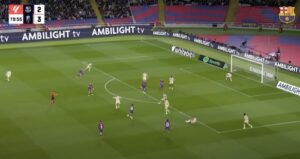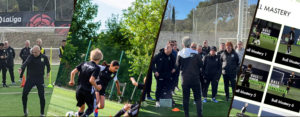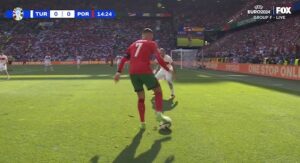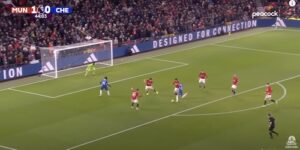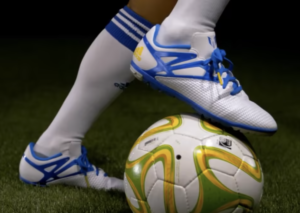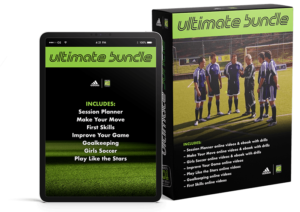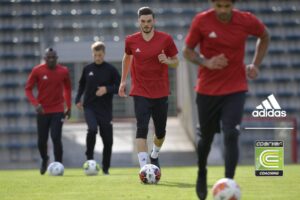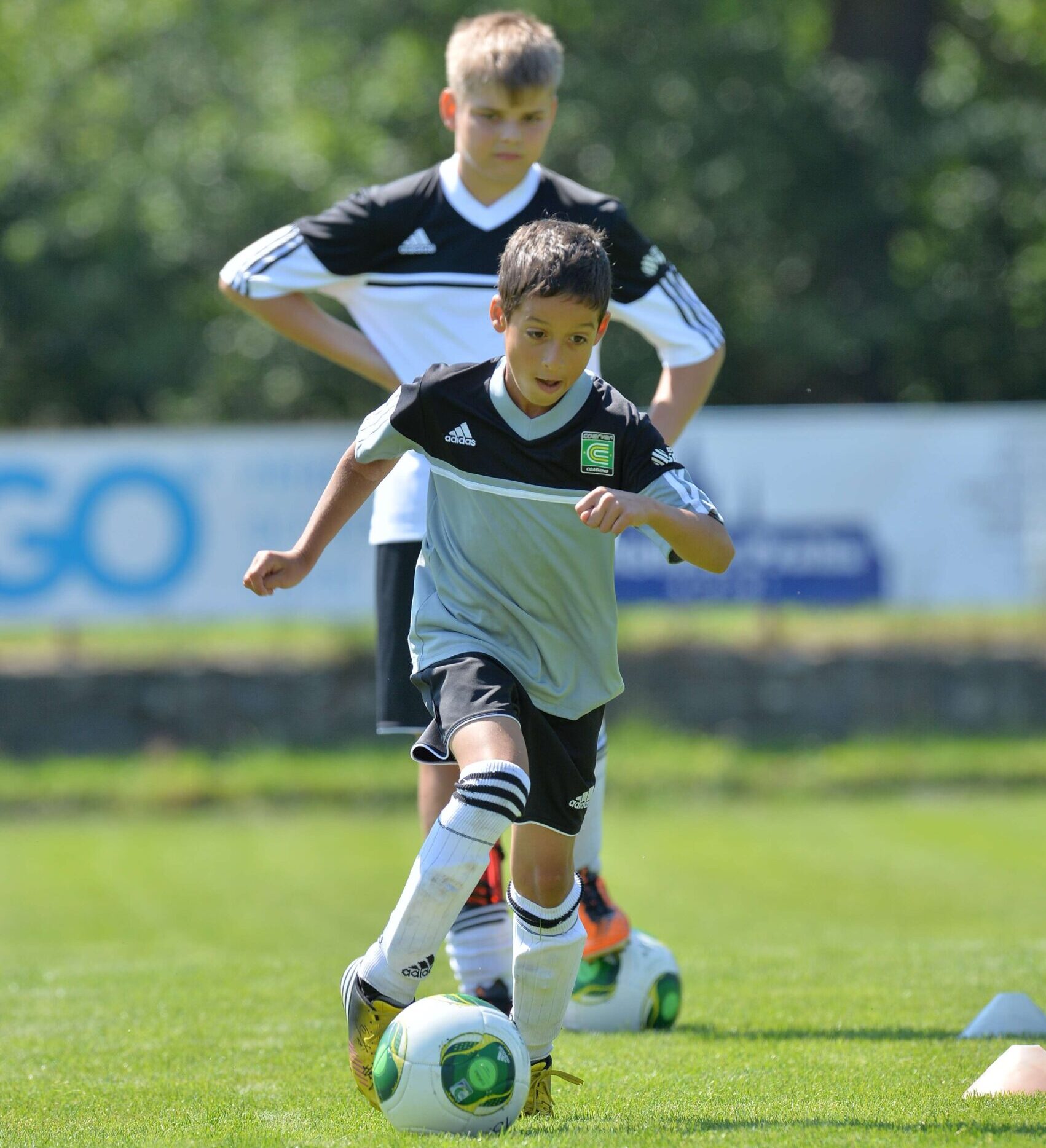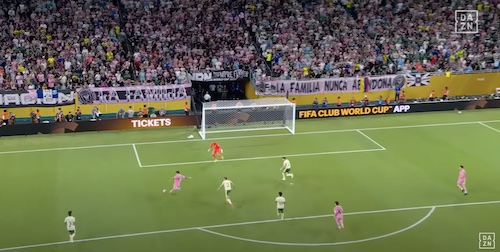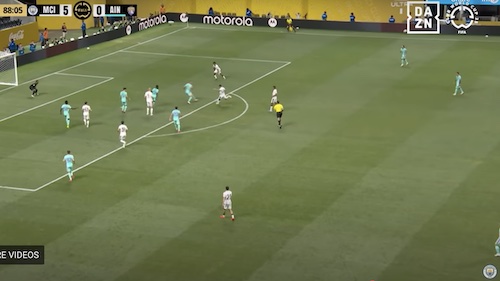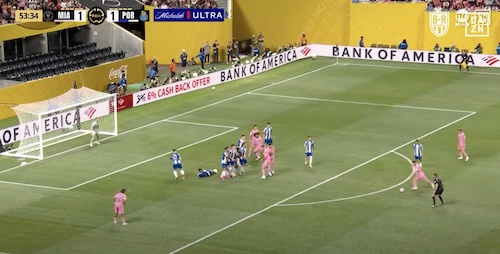Soccer speed training plan: The eighth minute. First strike. The 65th minute. Second strike. Two men. Two goals. An infinite amount of international respect. Here’s a speed training plan for soccer players from the fitness trainer from the national team. Learn why a soccer speed training plan is important for your team and will help you win more games.
Brian McBride’s laser shot and Landon Donovan’s header secured the U.S. National Soccer Team’s position as a 2002 FIFA World Cup quarter finalist. A look back at the eight weeks leading up to the 2002 tournament reveals how these heroes outran their competition and proved to the world that the United States could compete on the international stage.
Pierre Barrieu, world-renowned strength and conditioning coach for the U.S. National Soccer Team, trained McBride and Donovan for the World Cup. Barrieu, who is a USA Weightlifting-certified club coach, and certified strength and conditioning specialist, worked with the men to improve their speed, endurance and conditioning.
Donovan credits Barrieu for the team’s success. “We were successful at the World Cup for many reasons,” he says, “but I believe the main reason is because we were physically fitter than almost every team in the tournament.” This had a lot to do with the speed training plan developed by Barrieu.
“Pierre worked with us every day beginning May 1, all the way until our final game against Germany. You could tell that even that late in the tournament, with four games already under our belt, we were still much fitter than our opponents. I attribute our superior fitness level to Pierre. He knows how to maximize a player’s potential.”
Describing Donovan and McBride, Barrieu says, “Heading into the World Cup, Landon and Brian got to a point where they could perform quality sprints regardless of whether it was the 10th or 80th minute. That is where they most improved, and it really showed up on the field.”
As Barrieu says, “repeatable speed” is the most important capability for a soccer player.
Generally, there are two schools of thought concerning how to train for soccer speed. One says soccer is about running for as long as you can, so you should focus on distance and endurance work. The other says you must be fast and explosive to get to the right spot at the right time. Barrieu’s philosophy falls in between. “At the end of the day, when you look at the stats,” he says, “the game is always decided by some speed action, like somebody getting to the ball first and making a difference late in the game. Therefore, you have to improve both elements of speed. If you do speed work, you will get faster, but in soccer you have to be reliably fast, which means being able to repeat being explosively fast over and over throughout the game. That is speed endurance.”
Barrieu’s speed program focuses on developing proper running technique and uses multitask, change-of-direction drills to increase repeatable speed. He explains how technique training teaches your muscles to fire properly at the right time throughout the correct running motion, while the “multitask, change-of-direction training teaches you to get to a spot as fast as possible where then a soccer movement takes over.”
Get on board with Barrieu to become reliably fast, so you can smoke your opponent both early and late in every game.
TECHINIQUE TRAINING
Barrieu’s sprint technique training focuses on the anterior motion of the running stride to accomplish two goals: increase speed and strengthen the hamstring muscles to prevent injuries. He coaches players to pick up the front knee, extend the lower leg, then accelerate the leg down with an eccentric contraction of the hamstring. Scratch the surface of the ground, making contact with only the ball of your foot to minimize ground-contact time. Because of the tremendous amount of stress on the hamstring at this phase of the running stride, Barrieu implements drills that strengthen the muscle throughout the motion while working on technique through repetition.
B-SKIP DRILL
- Skip with high knee motion
- Extend lower leg
- Accelerate leg down with an eccentric contraction of hamstring
- Repeat with opposite leg in skipping fashion
DISTANCE: 10 yards
REPS: 2
DAYS A WEEK: Use as part of dynamic warm-up before each running session
BENEFIT: “Repeating this exercise consistently makes you faster through technique and teaches the hamstring to react properly and prevent injuries.”
ZIGZAG DRILL
- Place four small hurdles three yards apart
- Place a stick or cone two yards to the right between hurdles one and two, another stick two yards to the left between hurdles two and three, and a third stick two yards to the right between hurdles three and four
- Perform a double-leg hop over first hurdle
- Sprint to first stick or cone
- Sprint to second hurdle
- Perform double-leg hop over second hurdle
- Sprint to second stick or cone
- Repeat sequence for length of hurdles
REPS: 8
REST: 1 minute
COACHING POINT: Because the drill taxes the central nervous system, use low reps and take sufficient recovery time to preserve the quality of speed in the drill. Begin with four hurdles and eventually work up to eight.
VARIATIONS:
- Shuffle to stick instead of sprinting for a couple of reps as a warm-up
- Run around the outside of each stick instead of simply running to the stick
- Dribble a soccer ball around the outside of the stick
BENEFIT: “It’s great, because in soccer you are always forced to adjust the path of your run to get to the ball as it moves. The proprioception part of this is pretty big. You don’t want to get carried away with momentum or else you will get nowhere.”
COACHING POINT: Proprioception refers to the system of pressure sensors in your joints, muscles and tendons used to maintain balance. Training this system helps you process information and transfer it into action more quickly. With this in mind, focus on control and balance as you go in and out of movements and direction changes.
HURDLE RELAY DRILL
- Two players line up at each goal post, and two players line up at the corners of the penalty box, behind a small hurdle facing the goal
- Players at the posts simultaneously sprint diagonally to the hurdles and tag the other players
- Tagged players perform a double-leg hop over the hurdles, at which time a coach rolls a ball towards the goal
- Tagged players sprint and compete for the ball
- Player who gets the ball first becomes the attacker and tries to score, while the other defends
REPS: 8
REST: Full recovery
BENEFITS: Multifaceted: the players at the goal get a speed workout; those who start behind the hurdles simultaneously work speed, agility and soccer skills. Barrieu says, “We are training two very important things here: speed of action and speed of reaction. The speed of action happens when you jump over the hurdle. You don’t want to jump too high and waste time in the air. Speed of reaction is worked when you land in the right position and have to run in a direction depending on where the coach has rolled the ball.”
COACHING POINT: The players who start at the posts immediately line up behind the hurdles to perform the soccer action portion of the drill before resting. The cycle makes one repetition.
SPEED LADDER WITH BALL
- Perform side shuffle down length of speed ladder placing two feet in each box
- Head soccer ball back to coach or partner as he continuously tosses it to you
REPS: 8
REST: Full recovery
BENEFITS: The multitask nature of this soccer speed training plan makes it similar to the type of movement required on a soccer pitch. “Obviously the speed ladder helps you work on footwork and speed,” says Barrieu, “but since you are unable to look down at your feet—you must look straight ahead and move the ball back to me—it’s a little more like an actual game. You have to process all of the information and get to the right spot at the right time. That is what makes a great soccer player.”
THE SCHEDULE
Barrieu’s athletes complete speed-training workouts twice a week and agility workouts an additional two times a week. Except for technique training, which is used as part of a warm-up, all the speed drills are performed right after the warm-up and before the soccer training session, because they are intense and challenging. Barrieu does not alter the volume or recovery periods of the workouts when the team is in-season, but instead uses the less physically taxing drills.
You can learn more about speed training from and follow him on Twitter here: Pierre Barrieu

